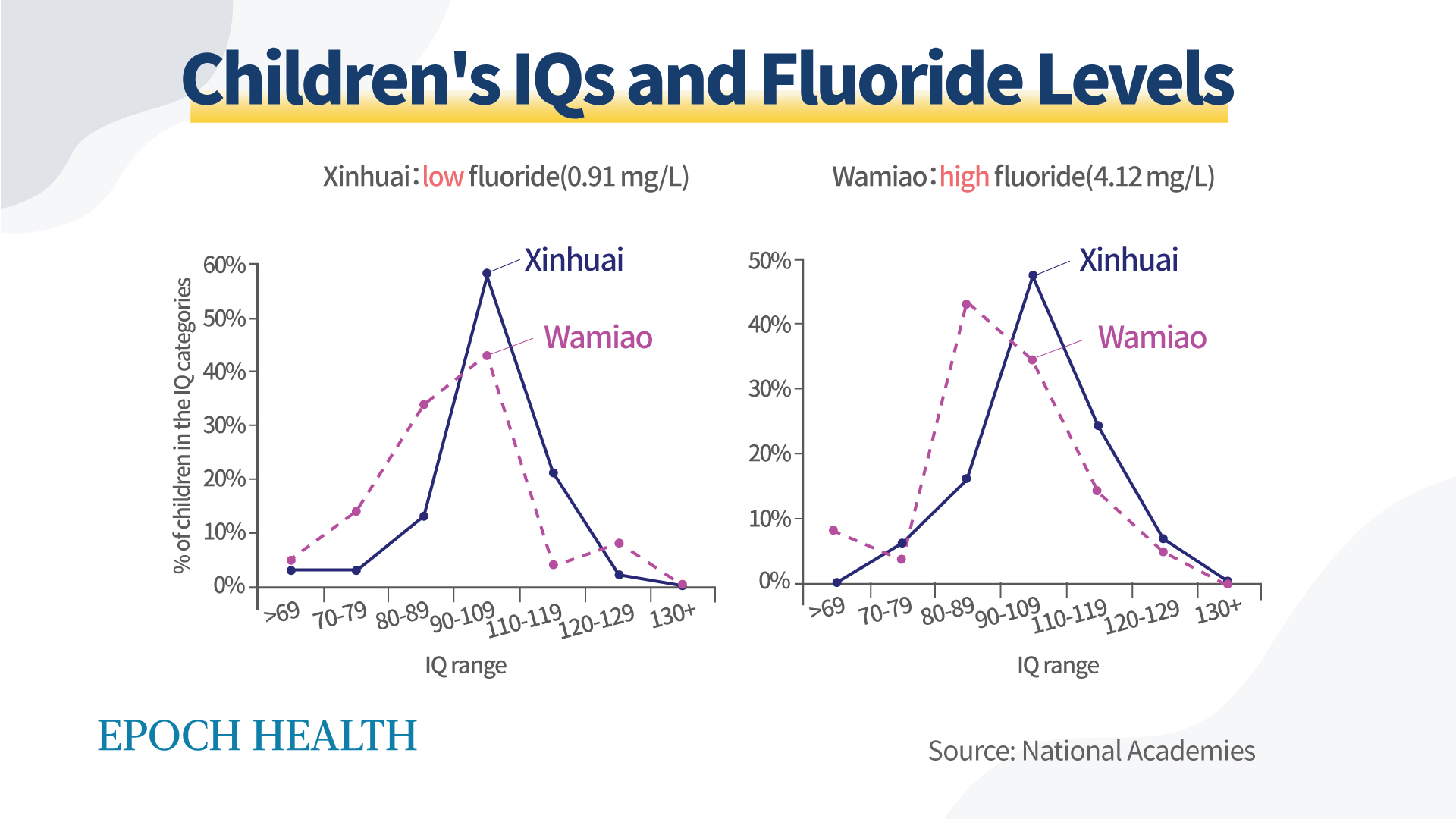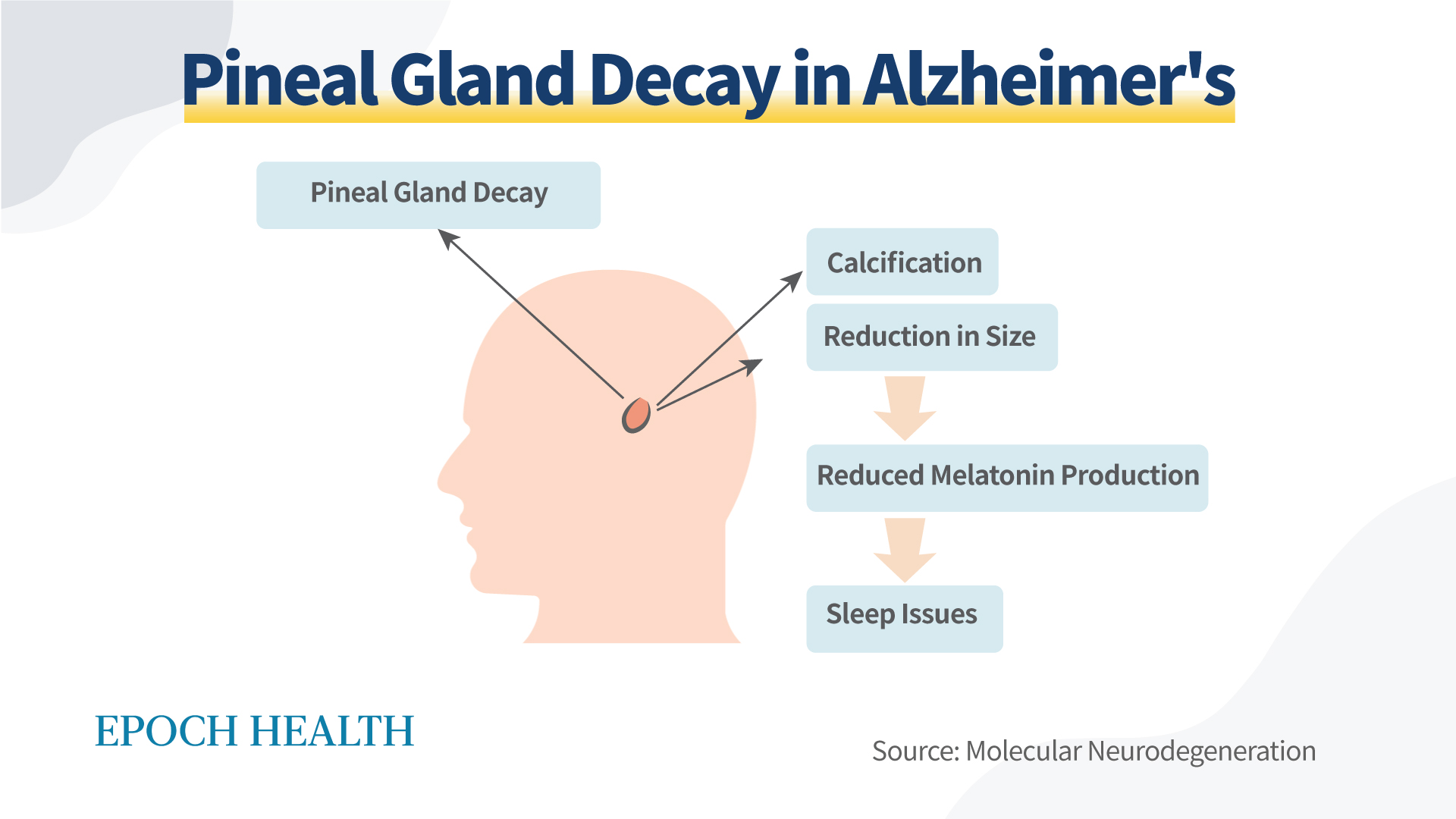Can Fluoride in Tap Water Lower IQ and Affect Sleep?
The debate around whether fluoride should be added to tap water has been ongoing for almost 80 years. Government agencies argue that fluoride helps prevent tooth decay, while opponents are concerned about potential health risks. Recently, there has been some progress in the EPA fluoride lawsuit, which has raised questions about the safety of adding fluoride to drinking water.
Some research suggests that fluoride should have been under scrutiny long ago because of a possible link between high levels of fluoride exposure and lower IQ scores and between fluoride and sleep patterns.
A Tale of 2 Villages
In 2003, a study (pdf) was conducted in the rural townships of Xinhuai and Wamiao in Jiangsu Province, China, located north of Shanghai. The two villages had significantly different fluoride concentration levels in their drinking water, with Xinhuai at approximately 0.91 milligrams per liter (mg/L) and Wamiao at around 4.12 mg/L. For reference, the U.S. Department of Health and Human Services recommends a level no higher than 0.7 mg/L of fluoride in drinking water.
The study examined the IQ of 512 children between the ages of 8 and 13 from both villages and found that, on average, the mean IQ of children in Xinhuai was significantly higher than that of the children in Wamiao.

Fluoride was believed to have no harmful effects on people apart from causing dental fluorosis. Thus, the results of the 2003 study in Xinhuai and Wamiao came as a surprise, suggesting that the impact of fluoride on the human body is more complex than previously thought. Additional research (pdf) concluded that the difference in IQ scores was not due to variations in lead levels or differences in socioeconomic or geographic factors. It’s worth noting that this study was not an isolated case, as other studies (pdf) have investigated the potential link between fluoride exposure and cognitive function.
More Research Suggests Fluoride in Drinking Water Is Harmful
For example, a study from New Zealand with nearly 1,000 children showed similar results to the Chinese study. An analysis of 14 studies also concluded that high fluoride levels impact cognitive function. Overall, there have been at least 85 studies, according to the activist group Fluoride Action Network, detailing the effects of fluoride on children’s IQs, and 76 of those studies reported a potential link between elevated fluoride exposure and reduced IQ in humans. This raises the question of what other factors—including fluoride—could have contributed to the results.
When we refer to low IQ, it means that the brain cannot function optimally, likely due to improper development or neural damage. In the years after the 2003 study in China, researchers found that fluoride, much like heavy metals such as mercury, lead, aluminum, and iron, can damage the nervous system by producing free radicals (pdf) that degrade cell membranes in the brain. Free radicals are like little asteroids that fly around inside the body and damage cells, including DNA, cell membranes, and proteins.
Accumulation of free radicals can increase the risk of various diseases, including cancer. High levels of fluoride intake can lead to the accumulation of free radicals in a developing brain, which may result in neuronal damage, potentially explaining why the children from the village with high concentrations of fluoride in the water had lower-than-average IQs than the children in the village with low concentrations. It is difficult for the human body to break down fluoride, so managing excessive intake can be challenging.
How Fluoride Can Affect Your Sleep
Fluoride can accumulate in the pineal gland, located deep in the middle of the brain, disrupting hormone-regulated sleeping patterns.

After entering the body, fluoride accumulates in places rich in calcium, such as bones, teeth, and, surprisingly, the pineal gland. Calcium is essential to proper brain function, so calcium tends to accumulate there, especially in the calcium-rich pineal gland, which tends to get the highest fluoride concentration. Research shows that high fluoride levels are associated with the calcification of the pineal gland.
The pineal gland plays a critical role in melatonin production, the primary hormone responsible for the body’s circadian rhythm, which regulates a person’s sleep-wake cycle. Melatonin levels peak during childhood and gradually decline as people age, with elderly individuals having the lowest levels. However, because the body has difficulty breaking down fluoride, it tends to accumulate, including in the pineal gland, making it challenging to maintain a healthy balance of melatonin.
The accumulation of both calcium and fluoride can disrupt the production of melatonin in the pineal gland. For example, a cross-sectional study published in Environmental Health found that exposure to fluoride in older adolescents may disrupt their sleep cycle, leading to sleep problems and daytime drowsiness. However, further research is needed to confirm these findings.
Calcification of the pineal gland is a characteristic feature of Alzheimer’s disease. In Alzheimer’s, prolonged calcification reduces the gland’s volume, decreasing melatonin production. Less melatonin can lead to poor sleep regulation and more sleep problems. In addition, melatonin plays a role in the regeneration of neurons in the brain, serving as the brain’s self-repair mechanism.
While a causal relationship between higher fluoride intake and Alzheimer’s has not been established, a high fluoride intake may lead to persistent symptoms resembling Alzheimer’s disease. This raises concerns about the difficulties in regulating and controlling high fluoride intake.
Considering the potential risks to the pineal gland and other health issues associated with the fluoridation of drinking water, it is essential to question what sacrifices people may be making in pursuit of healthy teeth and a pleasing smile.
How to Avoid Fluoride
The fluoride added to tap water differs significantly from the fluoride in natural deposits. In nature, fluoride usually exists in combination with calcium. The fluoride added to our drinking water in the form of fluorosilicic acid or sodium fluoride, hazardous synthetic chemicals whose descriptions seem questionable regarding human health:
- Fluorosilicic acid: “A colorless fuming liquid with a penetrating pungent odor. Corrosive to metals and tissue. Both the fumes and very short contact with the liquid can cause severe and painful burns. Used in water fluoridation, in hardening cement and ceramics, as a wood preservative,” according to the National Oceanic and Atmospheric Administration Chemical Datasheet.
- Sodium fluoride: “It is corrosive to aluminum. It is used as an insecticide. It is also used to fluorinate water supplies, as a wood preservative, in cleaning compounds, manufacture of glass, and for many other uses,” according to the National Institutes of Health (NIH) PubChem library.
The former compound is labeled as corrosive and the latter as toxic. However, the calcium fluoride found in nature has no warning labels. So aside from questioning why officials aren’t fluoridating water with calcium fluoride, some people may be wondering about how to avoid it. Here are a few easy ways:
- Certain water filters can effectively remove fluoride from tap water.
- Check the bottled water labels for information on manufacturers’ additives and treatments.
- Buy spring water instead of purified water.
- Buy fluoride-free toothpaste.
Views expressed in this article are the opinions of the author and do not necessarily reflect the views of The Epoch Times. Epoch Health welcomes professional discussion and friendly debate. To submit an opinion piece, please follow these guidelines and submit through our form here.




